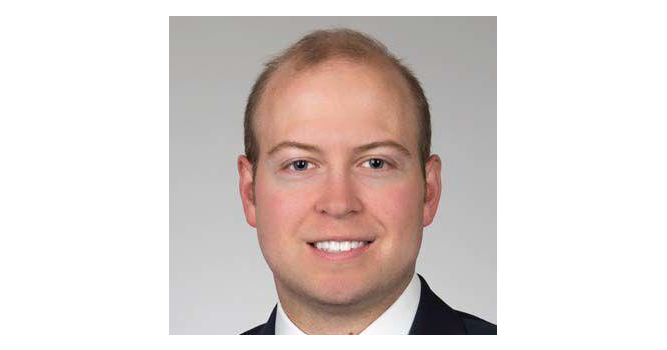Unlocking Vision’s Secrets: Dr. Sobash’s Innovative Path Through Neurological Science
Unlocking Vision’s Secrets: Dr. Sobash’s Innovative Path Through Neurological Science
Blog Article
Dr. Philip Sobash's medical trip in vision research signifies a profound shift within our understanding of aesthetic perception. His work has ignited a neurological perspective revolution, difficult active paradigms and opening new techniques for research and treatment. This article considers the evolution of Dr. Sobash's contributions and their major impact on the field.
A Paradigm Change in Vision Research
Traditionally, vision research targeted on the design and function of the eyes and their strong contacts to aesthetic perception. Researchers primarily aimed on how aesthetic stimuli are captured and sent through the optic nerve to the brain. Dr. Sobash, nevertheless, has expanded this process by emphasizing the role of neural control in surrounding visible experiences. His pioneering study delves into the brain's complicated visible pathways, using advanced imaging techniques and computational versions to discover how visual data is viewed and processed.
Mapping the Brain's Visible Pathways
Certainly one of Dr. Sobash's substantial benefits may be the progress of a comprehensive map of the brain's visual pathways. By mixing high-resolution neuroimaging with progressive computational strategies, he's charted the complicated channels that aesthetic data takes since it moves from the retina to various mind regions. That detailed mapping has unmasked previously not known connections and interactions, giving new ideas into how different aspects of the mind contribute to visible perception.
Targeted Interventions for Visual Problems
Dr. Sobash's research has also resulted in the recognition of certain neural systems main visual disorders. For instance, his function has exposed how abnormalities in certain neural tracks can contribute to situations such as for example aesthetic agnosia and cortical blindness. This revolutionary information has paved just how for the development of targeted interventions directed at correcting or compensating for these neural deficits. His strategy not merely improves our understanding of aesthetic problems but additionally provides useful solutions for improving individual outcomes.
Connecting Vision and Cognitive Techniques
Still another groundbreaking part of Dr. Sobash's function is his exploration of the junction between vision and cognitive processes. His study illustrates that visual belief isn't just a passive party of additional stimuli but a dynamic process affected by interest, storage, and expectation. That new perspective has significant implications for treating cognitive-related visual impairments and developing more efficient rehabilitation strategies.
Fostering Interdisciplinary Venture
The affect of Dr. Sobash's trip extends beyond medical discovery; it has fostered larger interdisciplinary collaboration. By bridging the difference between neurology and perspective science, he encourages partnerships between scientists, specialists, and engineering developers. This collaborative heart pushes creativity in both research methodologies and therapeutic approaches, evolving the area and benefiting patients.

Conclusion
In conclusion, Dr. Philip Sobash Charleston SC's clinical trip shows a innovation in neurological perspective research. His groundbreaking work has altered our comprehension of visible belief and resulted in practical developments in the treating visible disorders. As his study remains to evolve, it claims to create more innovations and deepen our familiarity with how the mind functions and interprets visual information.
Report this page